It was a beautiful day for a Sunday drive and so we took one. Out to the Bomunsa Temple on Seokmodo island near Incheon. I’ll let the photos do the talking.

We left at 10:00. Traffic wasn’t bad except for when it was (especially in Gimpo city). That’s my Seoul driving face.
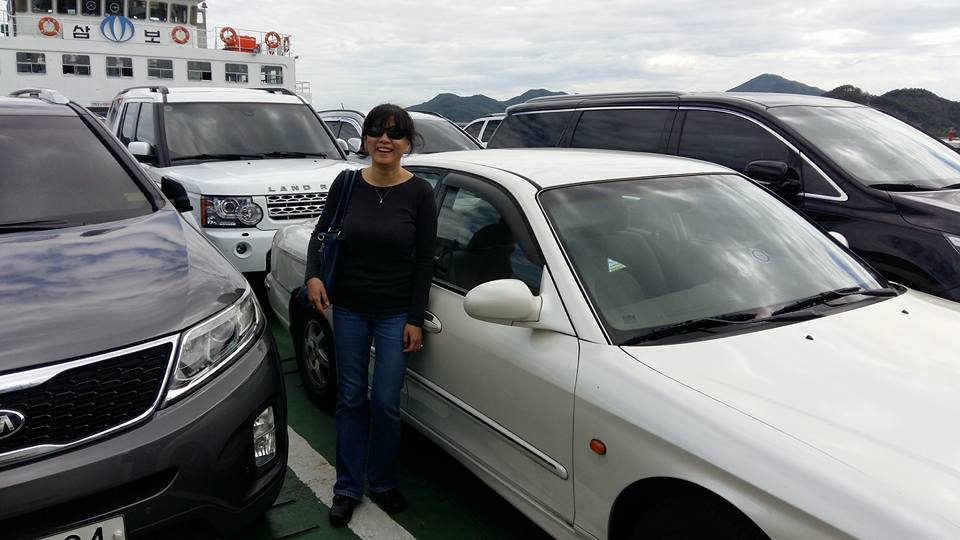
The journey even included a boat ride! And there’s my sad old car surrounded by very expensive vehicles on the ferry. But hey, my wife is hot!
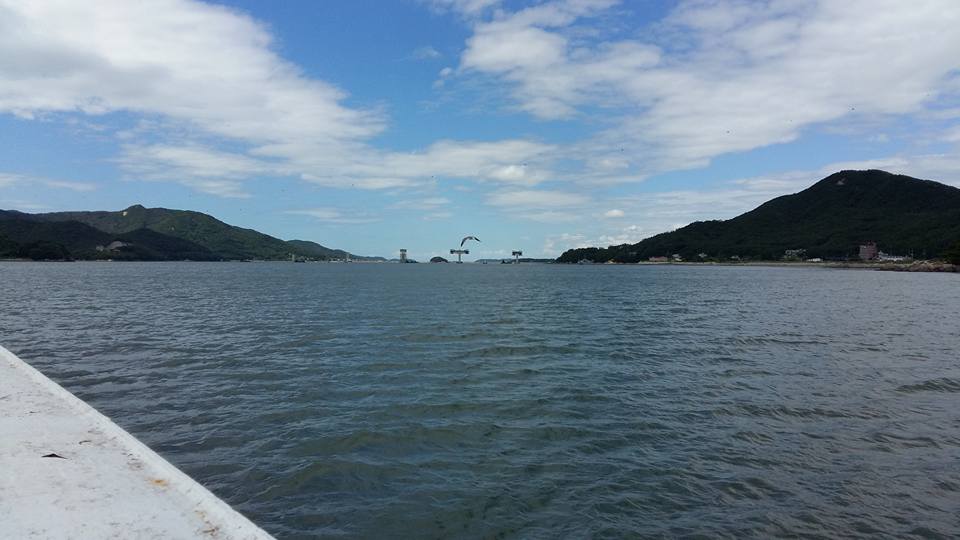
There won’t be any ferry rides in the not too distant future as a bridge is under construction. The ferry wasn’t bad though (W20,000 round trip). Well, coming back we were in a 30 minute line of cars, but they had the ferries going in a continuous loop so we just kicked back and enjoyed the views.
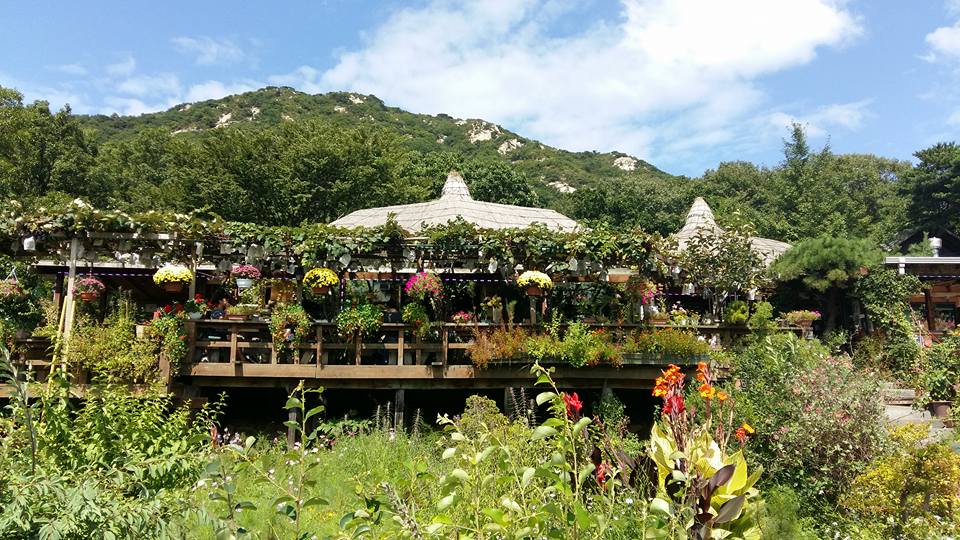
Jee Yeun wanted to eat before we visited the temple, so we drove around the island a bit looking for a suitable place. It really is a beautiful island by the way. So, we drove by this place sitting proudly on a hill surrounded by wildflowers. The parking lot was full which I took as a good sign the food would be good too.

We didn’t have the eggplant though, instead opting for a Korean “pizza” full of squid and other seafood like stuff. It was quite delicious.
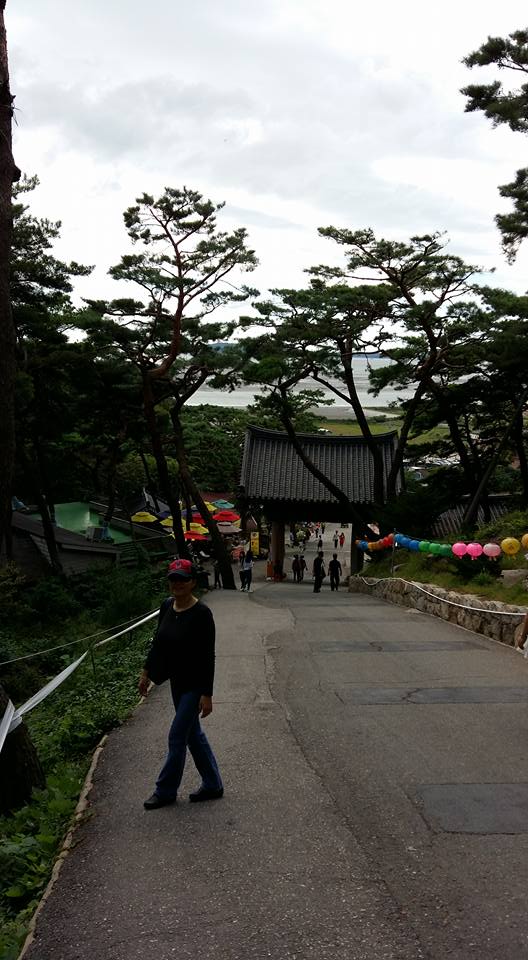
Our appetites satiated, it was off to Bomunsa where Jee Yeun bowed and prayed to the Buddha in three different temples. I was thinking he probably heard her the first time, but what do I know. I’ll tell you what I do know. Every temple I’ve visited in Korea has required a pretty hefty climb to the top of a mountain. What’s up with that? I was pouring sweat when I made it to the top…
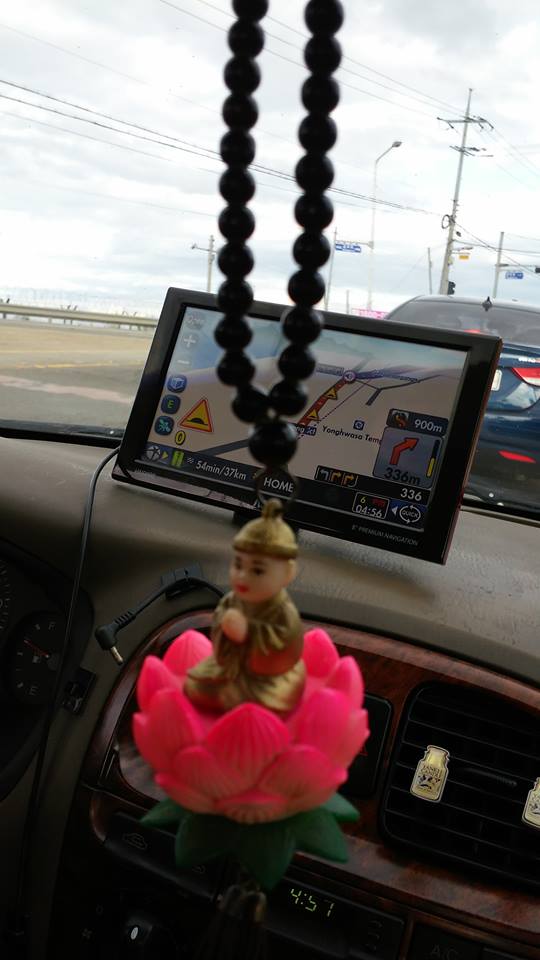
And then it was time to make the drive home, but we brought Buddha along for some good luck. We still got lost though. I guess even the Buddha can’t make sense of my damn GPS…
Anyway, it was a good trip. Jee Yeun especially seemed to enjoy herself. Even asking if we could go somewhere every Saturday. I’m not sure which will give out first my nerves from driving or my hooptie from being driven. Time will tell…

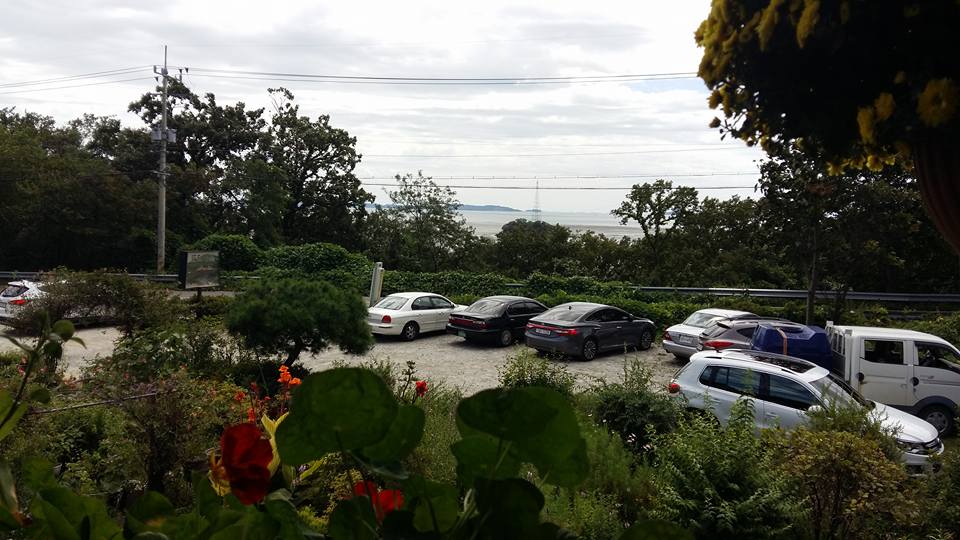

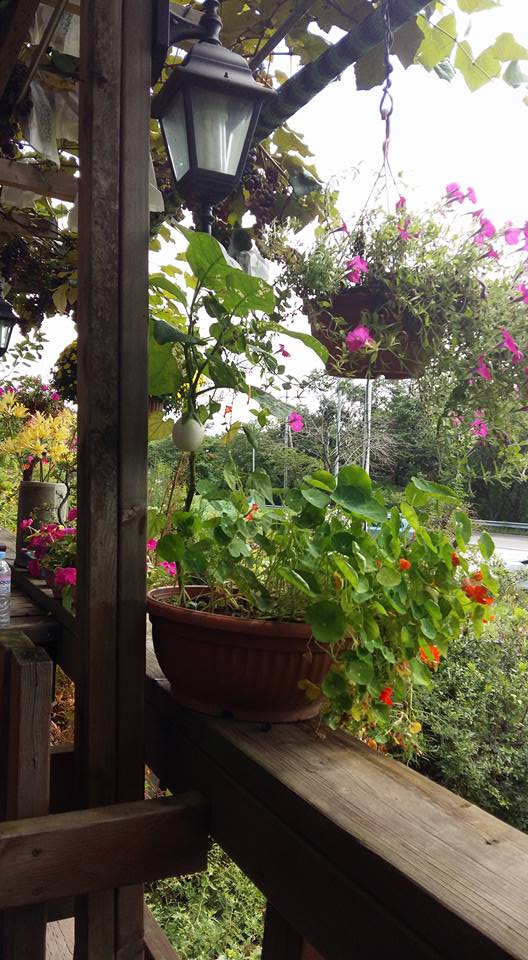
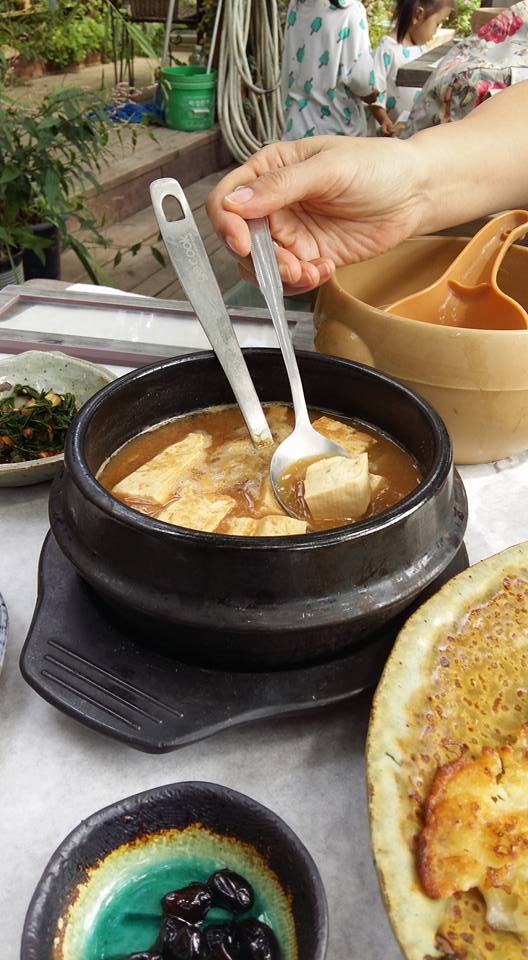
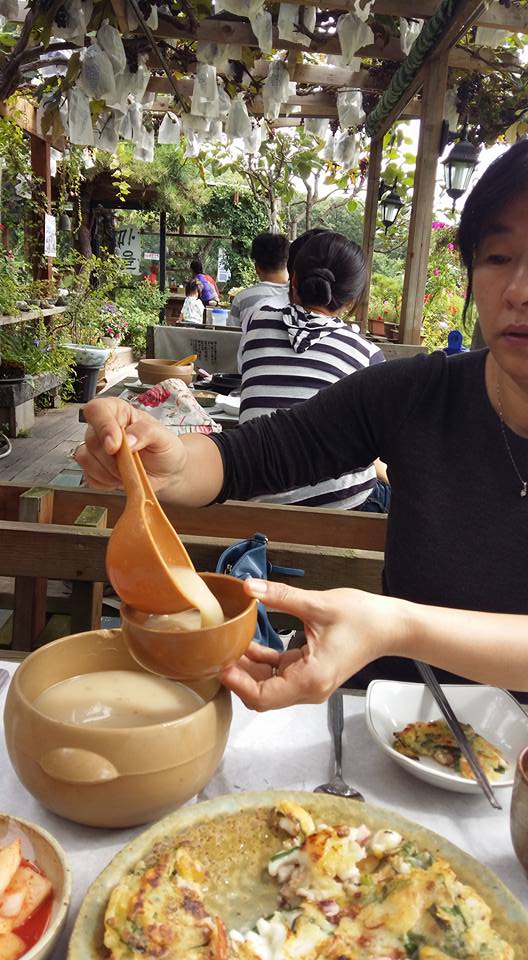
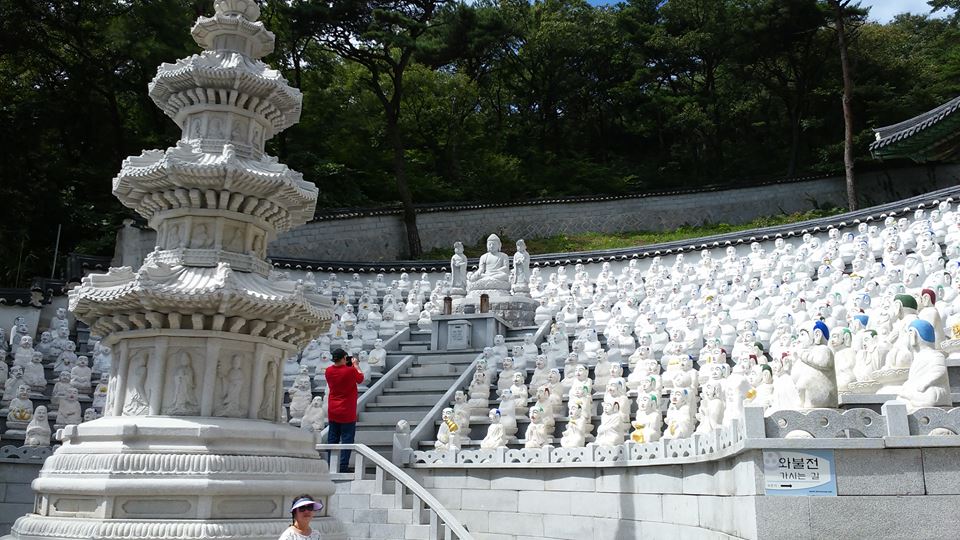
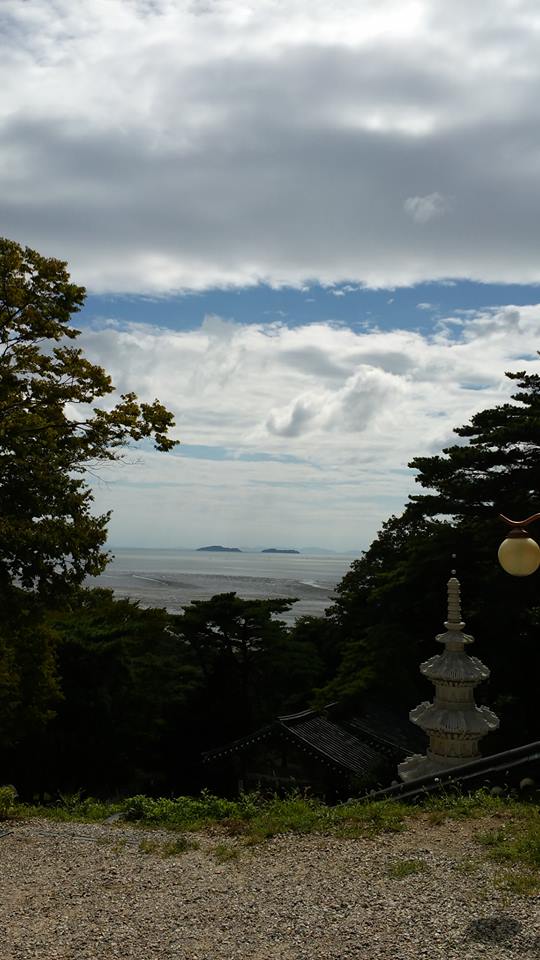
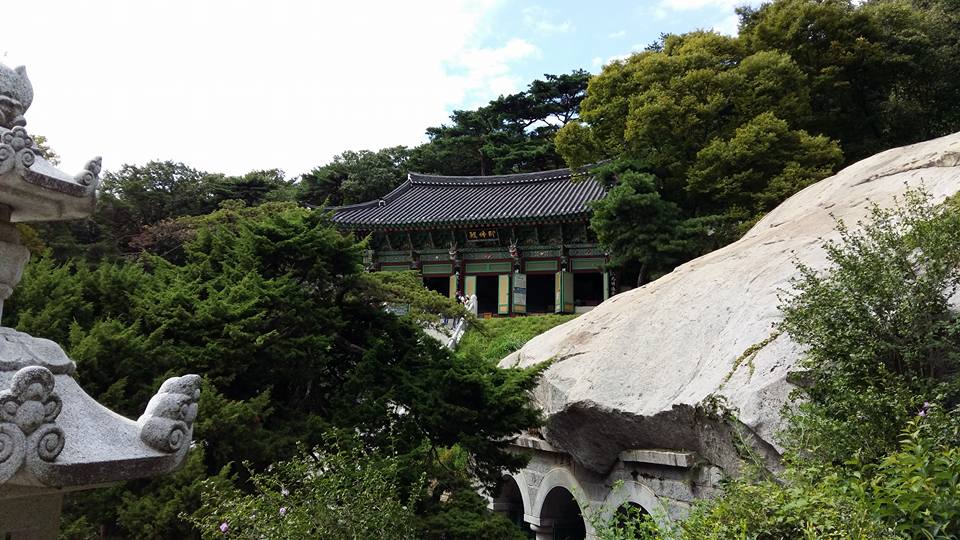
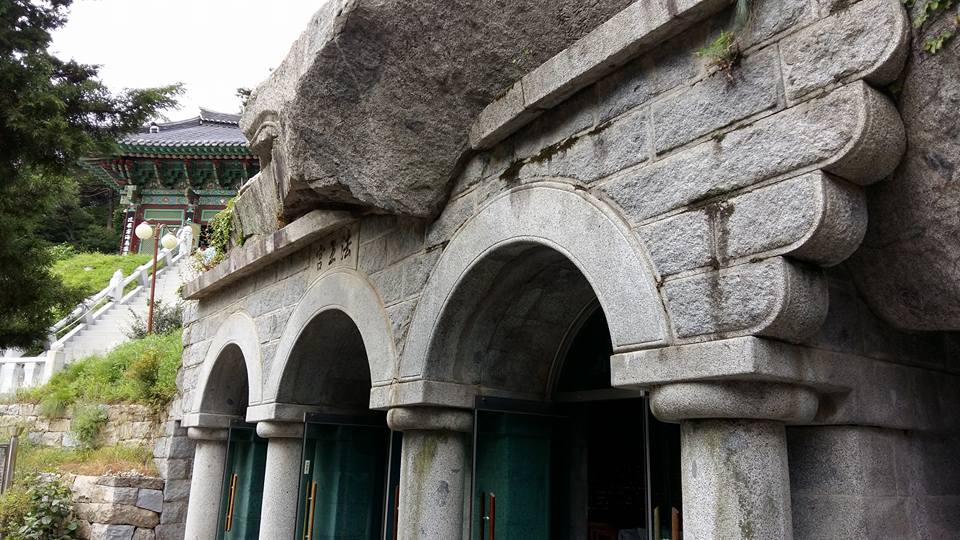
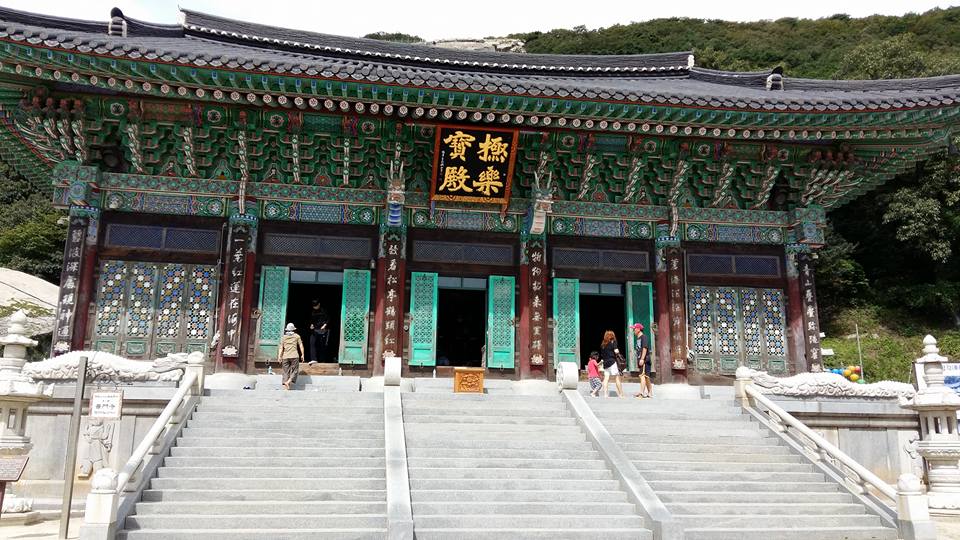
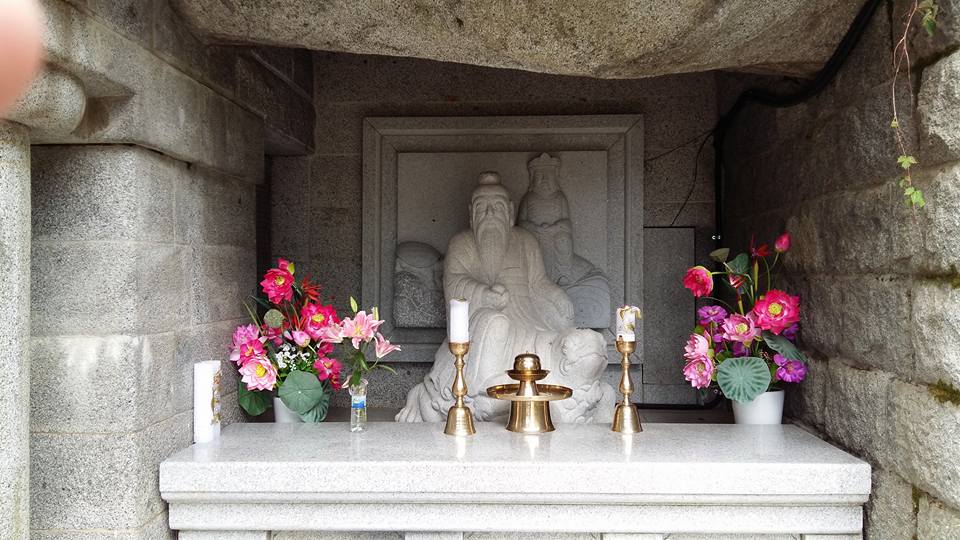
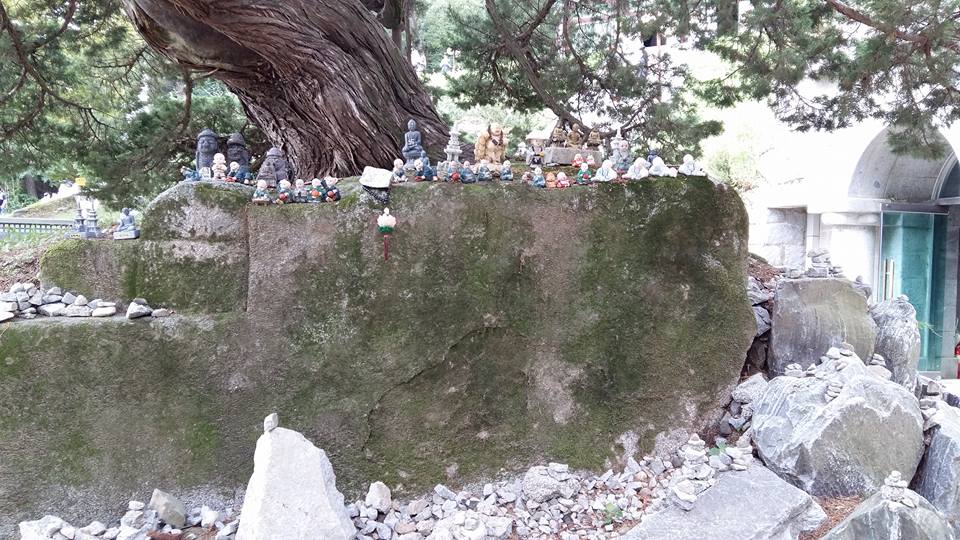

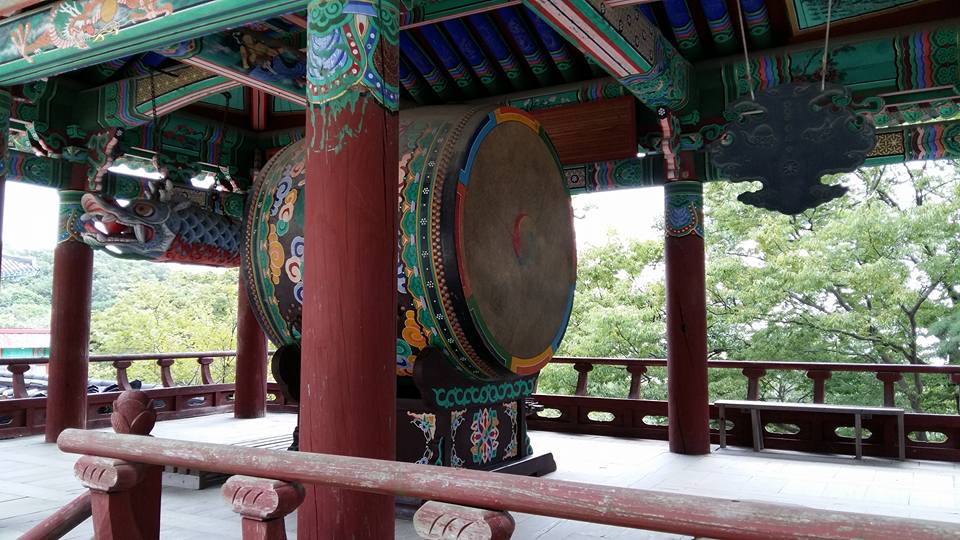

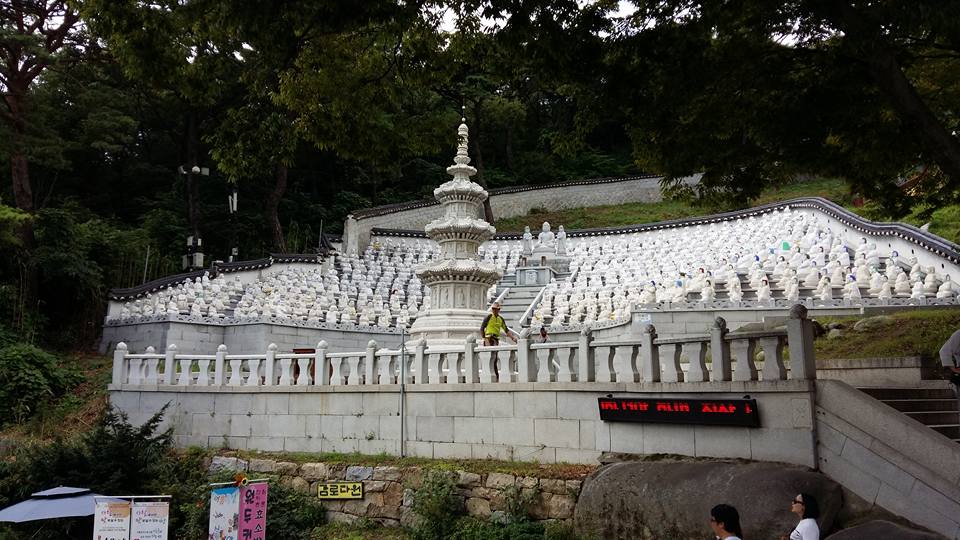
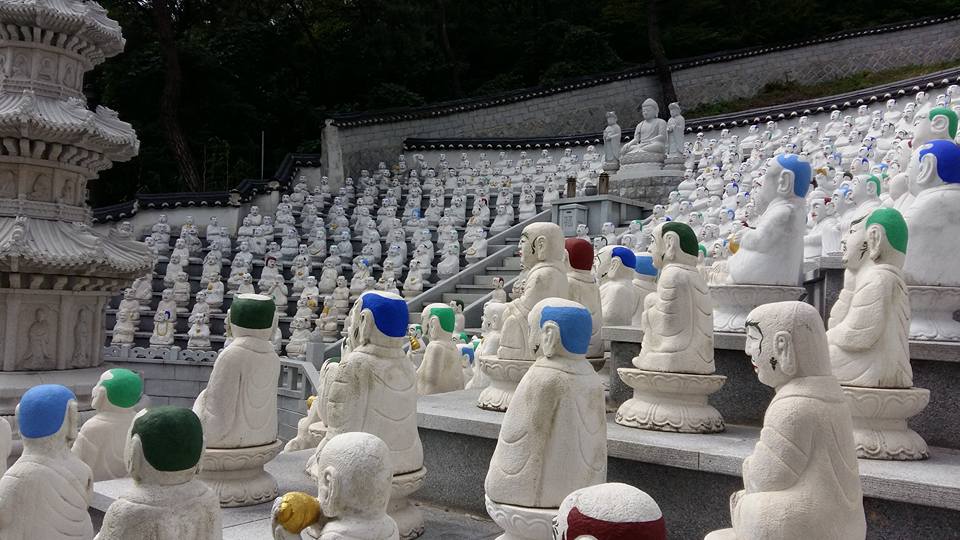
In that first photo… is your steering wheel really on the right side of the car, or has the image somehow been flipped?
Looks as though it was a good trip. Marital bliss is indeed a splendiferous thing. And that haemul-pajeon (the “pizza”) looked great. Crunchy, flavorful, and rib-sticking.
hae = sea
mul = creature, thing
haemul = sea creatures, seafood
pa = onion (green onion)
jeon = type of pancake
pajeon = onion pancake
Yeah, no idea how that imaged flipped. I noticed it right off because my previous vehicle in Korea was in fact a Japanese Nissan with right hand drive.
The “pizza” (ok, haemul pajeon) is not my favorite dish, but this one was outstanding. Yes, very crunchy and chock full of fresh goodness…
Thanks for the Korean lesson. It does make perfect sense when you spell it out for me. Although if you had asked me how to say “sea” I would have said “pada” and if you asked me what “mul” was I would have answered “water”. Ah well, I’ve pretty much given up…
You’re absolutely right: “bada” is “sea” and “mul” is water, but the thing to know (and this is why Korean can be confusing to learn) is that those are both pure-Korean words, whereas “hae” meaning “sea” is Chinese, and so is “mul” meaning “creature/thing.” Korean has, you might say, two “layers” of vocabulary: very often, there’s both a pure-Korean and a Sino-Korean way to express something. Other examples:
chan-mul = cold water (pure-Kor.)
naeng-su = cold water (Sino-Kor.)
meori = head/hair (pure-Kor.)
-du = head (Sino-Kor., bound particle)
saram = person (pure-Kor.)
-in = person (Sino-Kor., bound particle)
jeol = temple (pure-Kor.)
-sa = temple (Sino-Kor., bound particle)
naganeun-got = exit (pure-Kor.)
chul-gu = exit (Sino-Kor.)
A bound particle is a noun that never appears by itself: it’s always part of a larger word. For example, if I want to say, “I’m going to the temple,” I’d say “Jeol-ae gayo,” and never “Sa-ae gayo.” If you say the latter, no one will understand you because “-sa” always occurs in context, bound to another syllable, hence the term “bound particle.”
Fascinating. I knew there was some Chinese influences in the language, but had never understood how they played out. Practically speaking, even on the rare circumstances I might know the work in Korean, I’m still likely to get it wrong. Thank god they understand me when I say “maegju chuseyo”…